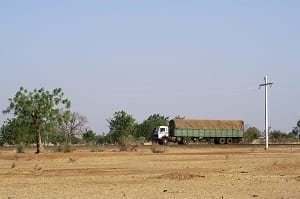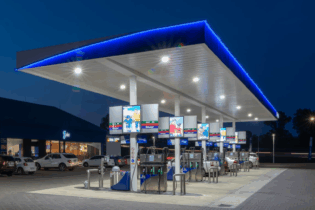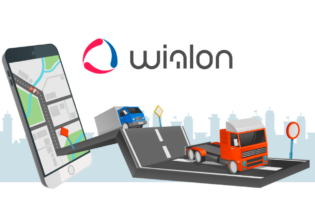New SIM card technology is having a profound impact on vehicle monitoring, writes Tristan Wiggill.
A significant problem for cross-border transporters and cargo owners exporting or importing goods into Africa is the limited visibility of their vehicles and loads. Exorbitant data-roaming costs mean many rely on satellite-based methods, which lack the immediacy and accuracy of GSM-based alternatives. “Service providers like Vodacom are pushing the use of prepaid data for cross-border roaming, which reduces data-roaming cost risks,” says Kees Snijders, managing director at Flickswitch. Previously, highly sophisticated methods had to be used to limit data roaming costs, but this meant many SIM cards were not properly provisioned. “There are a host of different types of SIM cards in the market today, with clients able to dictate what functionality they want from their SIM cards.” While GSM technology is an improvement over satellite tracking, not all SADC countries are adequately covered. “Vodafone has a global data services platform with set pricing structures and data-roaming agreements in place. Costs can vary greatly in Africa – from R5 per megabyte of data to R370 per megabyte. Various telecommunications providers are used, but the degree of 3G penetration means that, sometimes, you’re lucky to get 2G connectivity,” he says. Migration Vehicle monitoring has, over the years, moved from stolen vehicle recovery towards fleet telematics. “Technology has largely remained the same, but customer requirements have changed substantially. Customers want to know where their assets are and how they are being used. It is no longer just about assets, but also about fuel-theft monitoring,” says Harry Smith, executive: Sales and Marketing at Skygistics. Because monitoring hardware has become commoditised, good-quality tech can be acquired easily. “There has been a move towards greater systems integration and more management data is being produced. Insurers are finding greater value as driver profiling is becoming more accurate and is no longer based on gender, age or driving experience. Systems are also becoming more cost-effective in terms of the telematics units themselves,” he adds. On-board video, with audio, is gaining in popularity as it adds two extra dimensions, with the insurance industry no longer having to rely on driver perception and memory. A carrot and stick approach is also resulting in improved driver behaviour.“Drivers on long-haul journeys cook, smoke and pick up passengers. But technology is being used to drive change within various organisations, by showing drivers that they are not as good as they think they are.”
More management data is still required, though, because the tracking industry has reached a level of maturity. While features and functionalities are similar, the difference lies in the number of management reports produced. “Telematics is becoming a business intelligence tool. Logistics service providers want to manage their operations from the cradle to the grave and have a single logistics view,” he says. While GSM growth in Africa is massive – second only to China – the continent still suffers from network coverage issues. The further north of South Africa one goes, the bigger the monitoring challenges become. Under-utilised Enhanced integration between telematics systems and more operational planning tools are required to paint the entire telematics picture. But, some telematics suppliers are unaware of how widely these systems can be applied. There are major logistics service providers today using powerful telematics technologies in limited ways, says Charel Schickerling, MD, DPS South Africa. “There is definitely a need to educate the marketplace – to get the industry to understand the bigger picture, instead of just concentrating on singular aspects. Numerous telematics suppliers concentrate on single aspects and expect the industry to use the technology only in cases of emergency or during crises management,” he says. “Today’s telematics systems are highly sophisticated, and can provide much more than we’ve seen up to now.”







